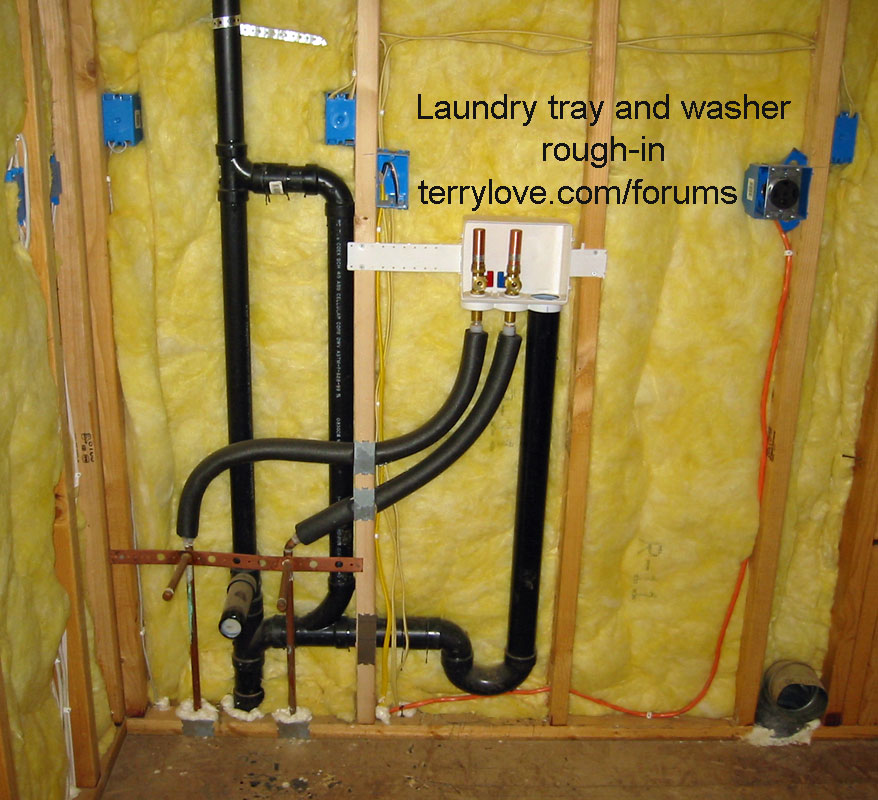We had the water lines and washer drain moved in our laundry room the other side of the room. I normally do the basic stuff but didn't want to mess with this since the new drain couldn't tie into where the old came up.
So the plumbers tapped into a cast iron stack where a clean out was. I just want to make sure this is done correct and vented properly.. I didn't think anything of it until I saw some remodel show and when he tapped into the drain for a laundry drain he mentioned how he had to either run a new vent or some other thing he attached to vent it..
I can't really think of why it wouldn't be since that stack has a sink and toilet and the old laundry eventually went down there(Although we never used it in this house yet since we are still working on the laundry room)
Sorry if it’s a bad question, just don't want to finish remodeling that room and have some problem with the drain.
Picture 1 shows where they tied in and the 2nd is where the drain goes up through the floor into the laundry room right above.
Thanks
So the plumbers tapped into a cast iron stack where a clean out was. I just want to make sure this is done correct and vented properly.. I didn't think anything of it until I saw some remodel show and when he tapped into the drain for a laundry drain he mentioned how he had to either run a new vent or some other thing he attached to vent it..
I can't really think of why it wouldn't be since that stack has a sink and toilet and the old laundry eventually went down there(Although we never used it in this house yet since we are still working on the laundry room)
Sorry if it’s a bad question, just don't want to finish remodeling that room and have some problem with the drain.
Picture 1 shows where they tied in and the 2nd is where the drain goes up through the floor into the laundry room right above.
Thanks



